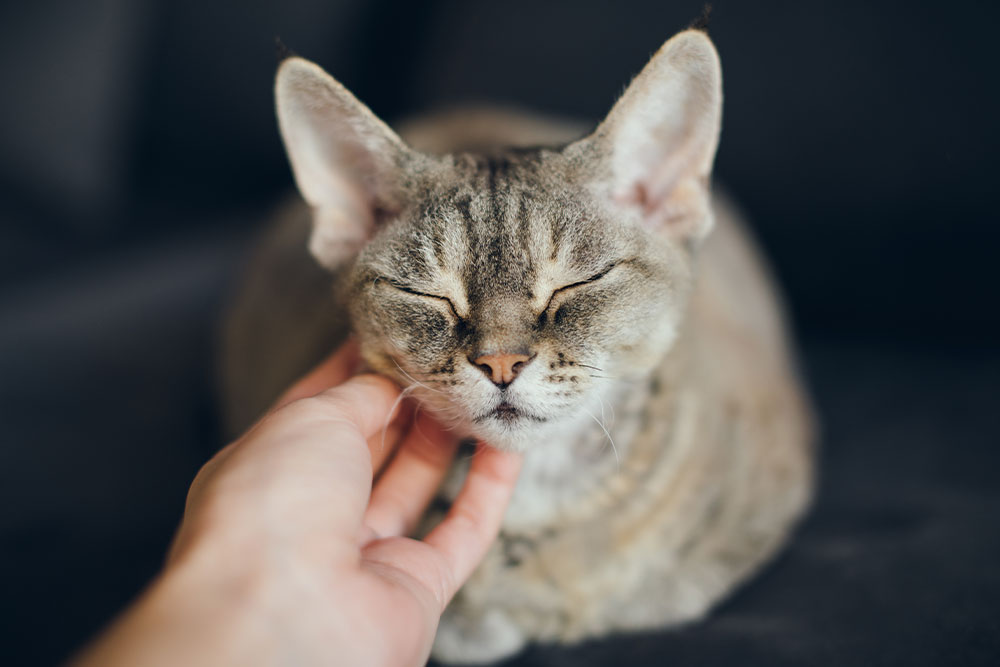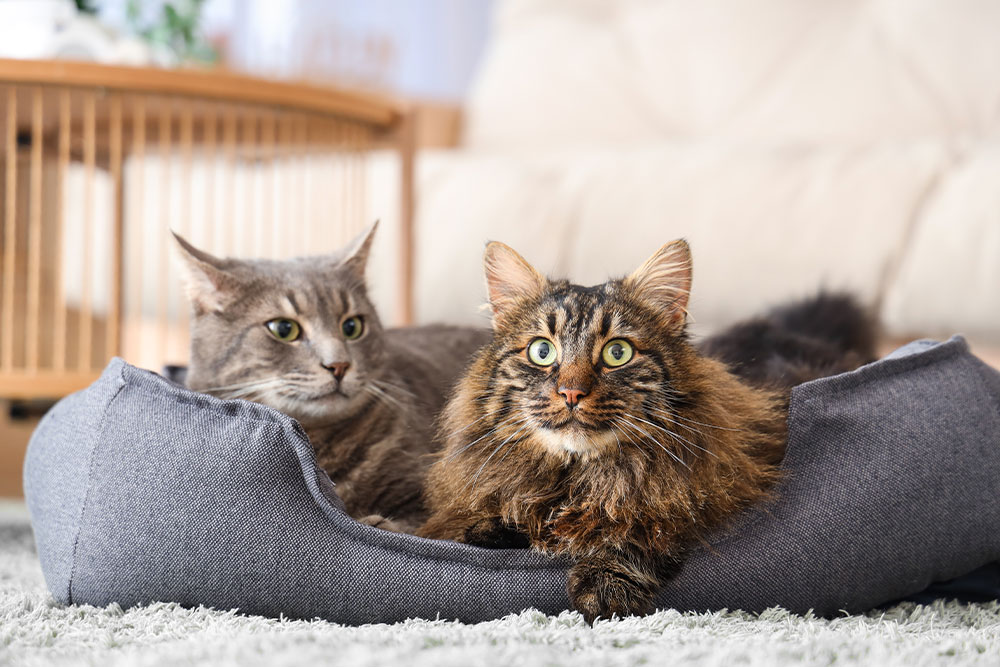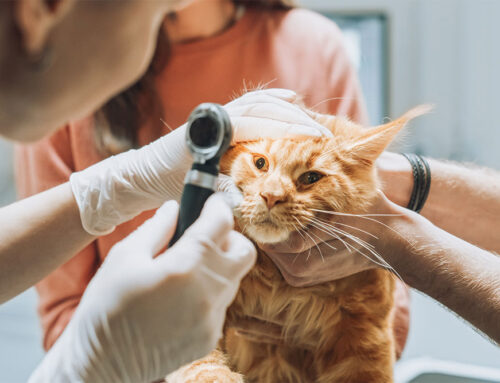Breathe Easy: Tackling Feline Asthma for a Happier, Healthier Cat
Feline asthma is a common but often under-recognized condition in cats that closely resembles asthma in humans. Addressing this respiratory issue early on can lead to substantial improvements in your cat’s comfort and quality of life. At Livingston Veterinary Hospital in Livingston, Montana, we’re dedicated to guiding pet owners through specialized care options for managing conditions like feline asthma.
What is Feline Asthma?
Feline asthma is a chronic respiratory condition caused by inflammation and constriction of the airways in the lungs. The result is labored breathing that can vary in severity from mild to life-threatening. Typically appearing in cats between the ages of two and eight, feline asthma can affect cats of any breed or age. Knowing the signs and symptoms of this condition can empower pet owners to seek timely treatment and improve their cat’s health.
Causes of Feline Asthma
The specific cause of feline asthma is not fully understood, but it is commonly triggered by environmental allergens. Common culprits include:
- Pollen and mold spores: Seasonal allergens that can enter your home, especially if windows are frequently open.
- Household dust and dust mites: Often overlooked, dust and mites can aggravate a cat’s respiratory system.
- Smoke: Tobacco smoke, smoke from fireplaces, and even cooking smoke can all be irritants.
- Household cleaning products: Certain cleaning agents, air fresheners, and even scented candles can release chemicals that may worsen asthma symptoms.
Factors like stress and obesity can make asthma symptoms worse, making it essential to manage your cat’s overall environment and health. Reducing exposure to these allergens is one of the first steps in managing feline asthma effectively.
Recognizing Symptoms of Feline Asthma
Asthma symptoms in cats can be subtle or mistaken for other respiratory conditions. Key symptoms to watch for include:
- Persistent Coughing or Hacking: Often mistaken for hairballs, but regular coughing without the production of hairballs could indicate asthma.
- Wheezing and Labored Breathing: You may notice a distinct whistling sound, or your cat may show difficulty breathing, especially after mild activity.
- Increased Respiratory Rate: A cat’s normal resting respiratory rate is around 20-30 breaths per minute; a rate higher than this could be a sign of respiratory distress.
- Abdominal Breathing Efforts: Cats with asthma may use their abdominal muscles to help breathe, which is more noticeable than typical relaxed breathing.
If you observe any of these signs, consult a veterinarian immediately. Early diagnosis and treatment can help prevent complications and make your cat’s life significantly more comfortable.
Diagnostics for Feline Asthma
Accurate diagnosis of feline asthma is crucial to distinguishing it from other respiratory conditions, such as heart disease, bronchitis, or respiratory infections. At Livingston Veterinary Hospital, we employ a range of diagnostic tools to assess your cat’s lung health and confirm an asthma diagnosis. Chest X-rays are often one of the first steps, as they can reveal patterns of inflammation or changes in the airways consistent with asthma. Additionally, blood tests can help detect any underlying infections or allergic responses that may be exacerbating the condition. In certain cases, bronchoscopy—a minimally invasive procedure where a small camera is inserted into the airways—may be recommended to provide a closer look at the respiratory tract. This procedure also allows for collecting airway samples to rule out infections or parasites. Comprehensive diagnostics ensure we understand the severity of the condition and allow us to create a customized treatment plan to manage your cat’s asthma effectively.
Treatment and Management Plans
While there is no cure for feline asthma, there are effective treatments that can control symptoms and improve your cat’s quality of life. Treatment typically involves a combination of quick-relief medications and long-term strategies, such as:
- Inhalers with Corticosteroids: Just as in human asthma, corticosteroids are commonly prescribed to reduce airway inflammation in cats. These are typically administered via an inhaler, using a special mask designed for pets.
- Oral Medications: Some cats may require oral corticosteroids or bronchodilators to keep inflammation and constriction in check.
- Environmental Management: Minimizing allergen exposure by using air purifiers, choosing dust-free litter, and keeping the home well-ventilated can be extremely beneficial.
- Dietary Adjustments: Maintaining a healthy weight is essential, as obesity can worsen symptoms. Nutritional support may also enhance overall respiratory health.
Following a prescribed treatment plan and maintaining regular follow-up visits with your veterinarian is crucial to monitor the condition’s progression and make adjustments as needed.
Prevention of Feline Asthma Flare-Ups
Prevention strategies are vital in managing asthma effectively and minimizing flare-ups:
- Maintain a Clean Environment: Dust and allergens can accumulate quickly, so frequent cleaning (without harsh chemicals) is essential.
- Use Air Purifiers: High-quality air purifiers can reduce the number of airborne irritants, making it easier for your cat to breathe.
- Avoid Smoking Around Your Cat: Secondhand smoke is a common irritant that can significantly worsen asthma symptoms.
- Choose Low-Dust Litter: Traditional clay litter can produce dust that exacerbates asthma. Opt for low-dust or dust-free varieties to reduce irritation.
Breed Predispositions
While any cat can develop asthma, certain breeds, such as Siamese and Himalayan cats, are genetically predisposed. Understanding your cat’s breed risks allows for earlier vigilance and proactive management. For cat owners of predisposed breeds, discussing regular check-ups and specific preventive measures with a veterinarian can be beneficial.
How Livingston Veterinary Hospital Can Help
The team at Livingston Veterinary Hospital is experienced in diagnosing and treating respiratory conditions in cats, including feline asthma. With expertise in pet respiratory health, our veterinarians are well-equipped to develop an individualized asthma management plan for your cat. From diagnosing symptoms to setting up long-term treatment plans, we’re here to support you and your cat every step of the way. If your cat displays any signs of asthma, we encourage you to schedule a consultation with us to discuss the best options for managing their health.

When to Seek Emergency Care
Asthma can sometimes lead to acute respiratory distress, which requires immediate veterinary intervention. Signs of an asthma emergency include:
- Blue or Pale Gums: Indicates lack of oxygen, requiring urgent attention.
- Rapid, Shallow Breathing: If your cat is struggling to breathe normally, this is an emergency.
- Worsening of Symptoms: Any sudden and severe worsening of asthma symptoms should prompt an immediate call to the veterinarian.
Knowing when to seek emergency care can make a life-saving difference for your pet.
The Role of Routine Check-Ups
Routine check-ups are invaluable for managing chronic conditions like asthma. Regular visits allow us to assess how well your cat’s treatment plan is working, make any necessary adjustments, and monitor overall health. Routine care also enables veterinarians to detect and address related health concerns early on.
Contact Us for Expert Feline Asthma Care
Recognizing and treating feline asthma early can significantly improve your cat’s comfort and longevity. At Livingston Veterinary Hospital, we provide comprehensive care tailored to each cat’s specific needs. Whether you’re seeking diagnosis, treatment options, or preventive advice, our team is here to help. For more information about managing feline asthma or to set up an appointment, please contact Livingston Veterinary Hospital.
With the right knowledge, support, and care, managing feline asthma can be a smooth process. Trust Livingston Veterinary Hospital to help guide you and your cat toward a happier, healthier life.







Leave A Comment